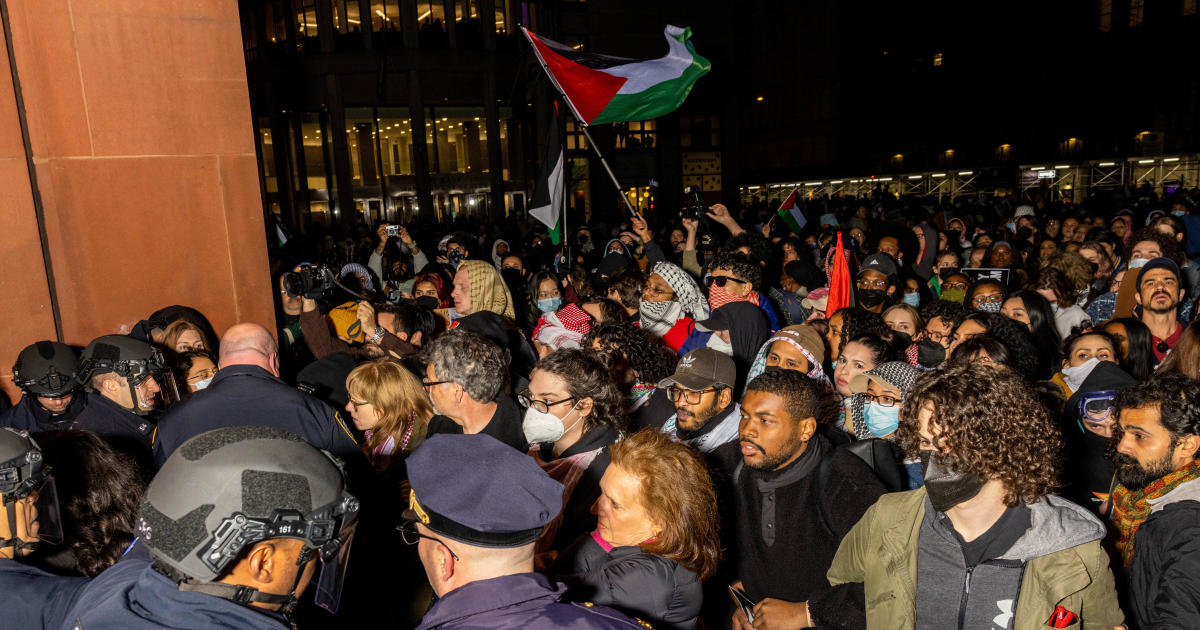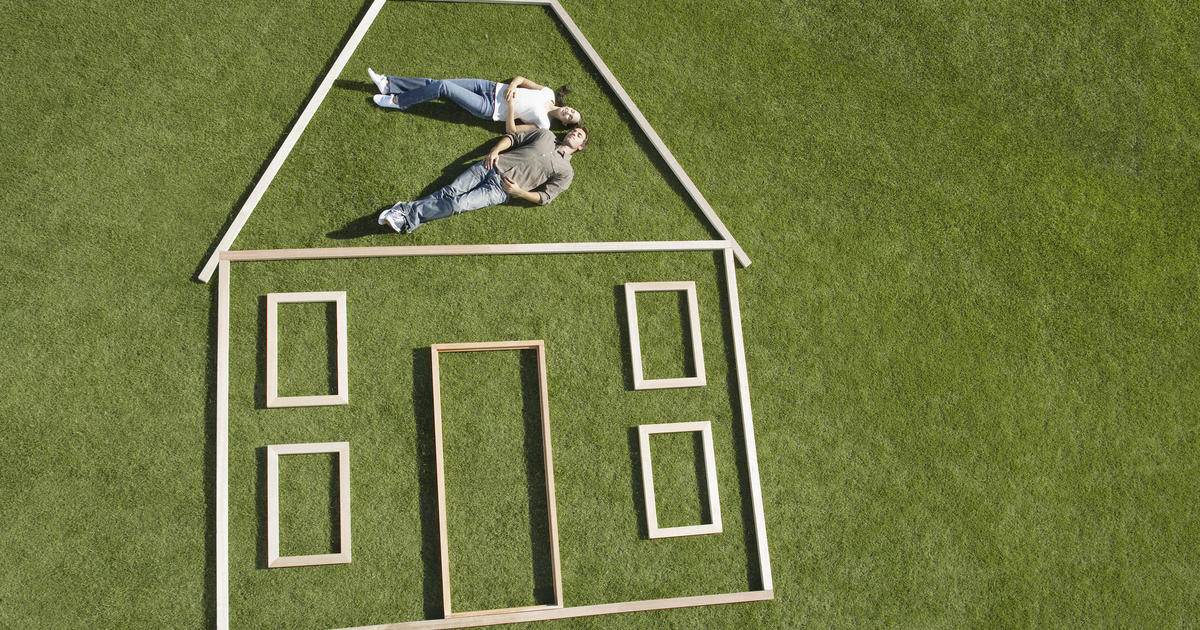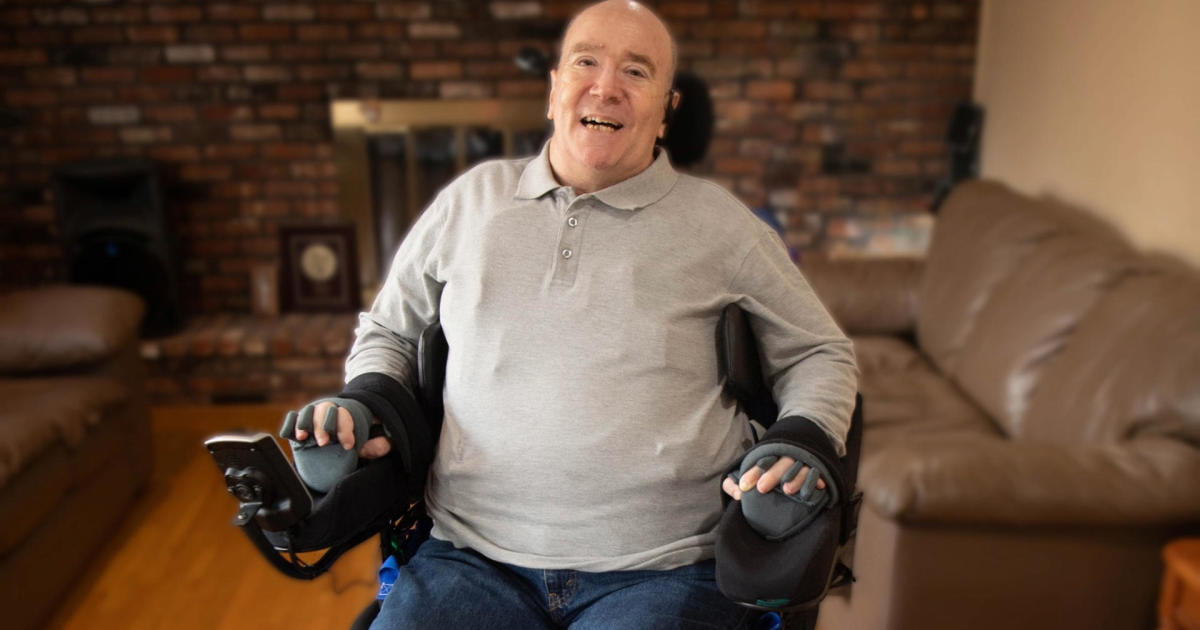Milwaukee schools face challenges with virtual learning plans
CBS News is chronicling what has changed for the lives of Americans in 2020 amid the coronavirus pandemic.
Joyce Peoples, a middle school English language arts teacher in Milwaukee, said she thought that she might spend a few weeks away from the classroom when Wisconsin Governor Tony Evers shut down schools in mid-March as COVID-19 started spreading across the country..
"We were thinking, OK, we'll be closed for [a few] weeks and then spring break and then just going to wait for things to calm down," Peoples said. Her students — and 75,000 others in Milwaukee Public Schools (MPS) — did not return to the classroom.
When it was clear students wouldn't be returning any time soon, challenges arose, including reaching students' families, communicating plans for the road ahead and making sure students had devices and internet access for virtual learning. Peoples said remote online learning in the spring provided a "mixed bag" of results for her students.
"There's no way that I was able to teach as naturally, the flow of a classroom on a computer," Peoples said. "So there were things lost, but I also think that there were things that were gained. And I think what was gained was that children learned to adapt."
Online learning will continue in Milwaukee Public Schools (MPS) in the fall. The district faces major challenges in ensuring virtual learning is accessible to its whole student body, primarily low-income and students of color. MPS has continued providing meals to tens of thousands of students who get free breakfast and lunch at school.
Schools districts in Wisconsin have the final say over their plans and some are considering full in-person learning or a hybrid solution, said Jennifer Kammerud of the Department of Public Instruction.
"I don't want to attend any virtual funerals"
A survey released by MPS last week showed that more than three quarters of parents and students think it's possible to return to school with a virtual option. The staff prefers a plan with two days in-person and the rest of the week virtual. Forty-six percent of parents, 31% of staff and 26% of students said they aren't comfortable returning to buildings this fall.
Several parents spoke out against the virtual plan during last week's board meeting. "What about the parents that have to work for a living? Do we matter?" a parent asked. Others fear students will fall behind and blasted the district for problems with virtual learning in the spring, which one parent described as "an abject and embarrassing failure."
Some parents applauded the district for taking steps to ensure the safety of students and families, but many expressed concerns about how to ensure a quality education for the most vulnerable students.
Milwaukee has had more than 12,000 COVID-19 cases and about 250 deaths. Black and Latino residents make up about 58% of the population, according to U.S. Census estimates, but account for about 70% of COVID-19 cases in Milwaukee. MPS comprises nearly 90% students of color.
MPS hopes to bring students back in some capacity later in the fall. Teachers during the school board meeting and in interviews with CBS News said they prefer to be in the classroom once it's safe, but said they want to see a drop and downward trend in cases, along with plenty of protective equipment and sanitizing supplies.
"I don't want to have to attend any virtual funerals," Nicolo Onorato, a high school special education teacher, told CBS News. "I don't want to have to see any of my students or colleagues lose their lives."
Bridging the digital divide to avoid "systemic struggles"
One of the major challenges MPS faces is digital connection — 82% of its students are economically disadvantaged and there's a massive push to get every student a device and reliable Wi-Fi.
MPS plans to spend about $22.7 million on 65,000 Chromebooks and 19,500 wireless internet hotspots, according to budget figures in its reopening plan.
"If everybody is not connected, we're going to have systemic struggles down the road," said Wendell Willis, executive director of the MPS Foundation, which is raising money to ensure students get connected. He and Posley are confident they can get every student connected before day one.
There are also concerns about how the district will help its special education students, who make up about 20% of the student population, navigate digital learning.
Onorato, the special education teacher, said it's "heartbreaking" not to be with his students and said it was challenging keeping them engaged in the spring. He teaches "students with all intellectual levels and all functional levels," so there's not a "one size fits all" concern for him, but he's worried about not providing the services he can during face-to-face instruction.
"All teachers know that they would love to be with their kids and helping their kids face-to-face," he said. "But now we've got to try and figure out how to do that digitally."
Solutions for fall: "Tremendous effort and collaboration"
Spring was a whirlwind period for MPS — having to adapt to virtual learning, ensuring students continued to receive meals and getting as many people connected as possible.
Posley told reporters on July 17 that there will be clear expectations in the fall, professional development for teachers, learning resources for families and a "robust" schedule to follow. He said the district is going into "overdrive" to reach approximately 6,800 students that it couldn't contact last spring.
Peoples is worried about a slump for students. "There's no way what they're going to get in the classroom they can get virtually," she said.
But she and other teachers hope that with some creativity, they can provide kids a safe, quality education. If teachers can run their online classes like their in-person instruction, students can get closer to the benchmark of face-to-face learning, she said.
"It's not going to be 100%, but I feel confident we could get to that 75, 80% mark," Peoples said, adding that "it's going to take tremendous effort and collaboration."




